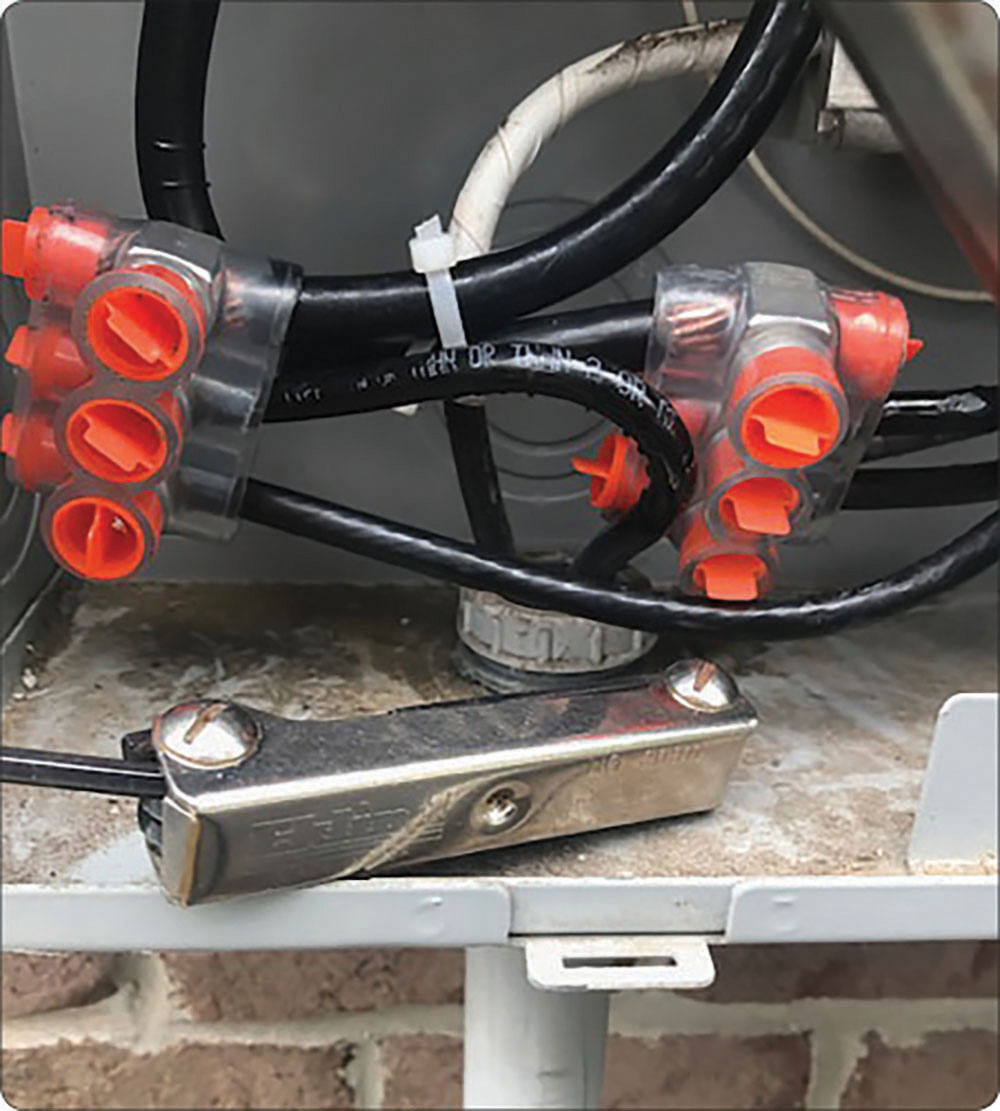In July 1, 2000, UL introduced a significant enhancement to the way it develops and maintains UL Standards for Safety. This new process allows greater input from interested parties—consumer groups, regulatory officials, government agencies, insurance companies, academics and others—at the earliest stages of development.
The new “continuous maintenance” process also allows UL to submit new drafts and maintain UL Standards through the consensus process of the American National Standards Institute (ANSI) as they are being developed. The revised or newly issued UL Standards will then be ANSI-approved when they’re published, and will always contain the latest ANSI-approved revisions.
Under the commonly used “periodic maintenance process,” ANSI-approved standards are submitted to an ANSI canvass committee every five years. Since UL’s and ANSI’s review schedules rarely coincided, this often led to there being two versions of the same Standard: a UL version and an ANSI-approved version.
“By combining UL’s and ANSI’s review processes into one, the amount of time it takes to develop a Standard or revision and obtain ANSI approval is significantly reduced.” says Don Snyder, senior associate managing engineer at UL’s Research Triangle Park, N.C., office. “The change is certainly positive and not only benefits UL, but our clients. They’re now assured that the UL Standard they receive will always contain the latest ANSI-approved revisions.”
How does the continuous maintenance process work? The enhanced process has four main features, including:
Standards Technical Panels (STPs)
Comprising consumers, manufacturers, government agencies (such as the Consumer Product Safety Commission), regulatory authorities and other knowledgeable, interested parties—Standards Technical Panels (STPs) will serve as the main standards development forum, or “consensus” bodies, for new and revised UL Standards.
Early participation
Although input from these various interested parties have always played an important role in UL’s standards development and revision process, all of the various interests will now have the opportunity to meet and provide input from the beginning of the process.
Open meetings
STP meetings will be open to all interested parties, including the public and the news media.
Continuous maintenance
For UL Standards for Safety that have been recognized as American National Standards by ANSI, the process now provides for concurrent development of requirements and ANSI approval using the “continuous maintenance” canvass method. The continuous maintenance process permits UL to submit revisions of ANSI-approved standards through an accredited consensus process as the revisions are developed, as opposed to every five years under the “periodic maintenance” method. This means that ANSI/UL Standards for Safety will be constantly updated to reflect new technologies and field experience.
UL is now identifying potential participants and will immediately begin forming the STPs by recruiting users, consumers, manufacturers, regulators, government and general interest participants, as well as current standards development participants.
“As part of our commitment to UL Standards for Safety, we continually search for ways to improve the Standards themselves, and the process through which they are developed and maintained,” says Tom Castino, president and CEO of UL. “Because consumers play a crucial role in product safety, an important element of the enhanced program is increased consumer participation.”
This change does not apply to UL’s Environmental and Public Health (EPH) Standards, which are developed through the ANSI-Accredited Organization Method, rather than the canvass method. UL Technical Committees charged with developing new EPH Standards already include consumer, regulatory and general interest representatives.
For more information on ANSI’s continuous maintenance process, or to serve on a Standards Technical Panel, contact Don Snyder by e-mail message at Donald.E.Snyder@us.ul.com; by phone at Int. + 919-547-6173; or by fax at Int. + 919-549-1850.








Find Us on Socials